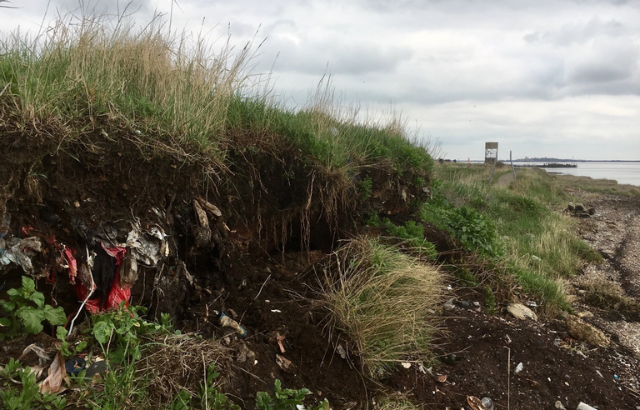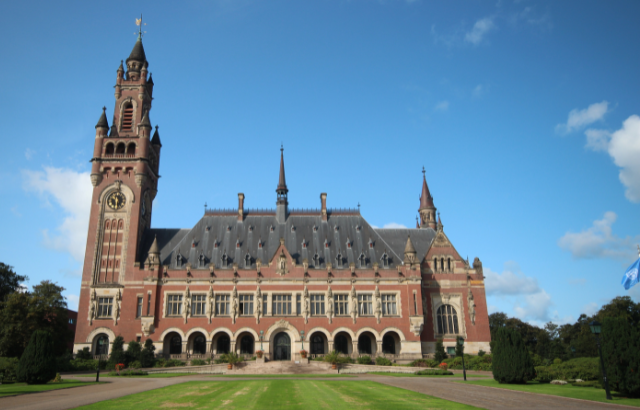To end COVID-19 we need vaccine justice for developing countries not outdated charity
Professor Sophie Harman, Professor of International Politics at Queen Mary University of London and colleagues, discuss the importance of global vaccine equity in this article for the Conversation.

Credit: FJZEA/iStock.com
We will never end the death and destruction of COVID-19 until we get real about vaccine equity. In a month of high-level meetings from the G7 to the World Health Assembly, we have seen a lot of rhetoric from the global north, and a lot of frustration and urgency from the global south, but still no substantial changes on how to get the world vaccinated. Vaccines offer an incredible opportunity for science to outpace the virus, but now we are seeing the virus outpace our outdated politics.
Around 0.8% of all COVID vaccines distributed in the world have gone to poor countries. Most of the 1.65 billion doses of vaccines administered have been in rich countries. We know that this is a problem. Global coverage of the vaccine is imperative to prevent death and disease from COVID-19 and to help stop new variants. Unless we sort out this imbalance the threat of COVID-19 will never go away.
As we argue in BMJ Global Health, we can address this imbalance through a call for vaccine justice. We need to move past outdated charitable models of poor countries depending on rich countries for their leftovers. Instead, we need to develop manufacturing and distribution capacity throughout the world to get vaccines to where they are needed and fast.
To start, the international community needs to stop pushing charitable models of sharing leftover vaccines and Covax. Sharing leftovers is unsustainable and dependent on the whim of individual countries, often coming too little, too late. Pledges at the G7 are all very well, but these are already too late and mask the substantial problem of vaccine nationalism and hoarding.
Covax, the initiative set up to avoid vaccine nationalism and hoarding, was doomed to failure from the outset. It was created to ensure every country in the world has access to doses for 20% of its population in 2021, regardless of ability to pay.
Covax has been lauded as an effective model that delivers. However, it is already running into three major problems. The first is perhaps the most obvious: doses for 20% of a population this year will never be enough to build up immunity to COVID-19 quickly enough. The second is supply. India is the main supplier of vaccines to Covax. India’s introduction of vaccine export restrictions to help deal with its devastating outbreak is limiting supply to Covax. The third is perhaps more predictable – a significant funding shortfall.
Charitable models like Covax are always under-funded. If they are under-funded in the short term, there is little hope for their medium and long-term funding. We have seen this time and again with financing initiatives from Make Poverty History to the health-related Millennium Development Goals. Institutions will always be going cap in hand to states who will never fully pay up.
Covax has become a political dead cat in global health. For every accusation on vaccine hoarding or lack of support for sharing intellectual property, states use Covax as evidence that they are committed to vaccinating the world. Covax is used as an example of good intentions, while simultaneously as an excuse for blocking the transfer of technology and passing of intellectual property waivers in the World Trade Organization (WTO).
Low and middle-income countries are on to this. This is why they are pushing for the waiver and suspicious of efforts towards a new international pandemic preparedness treaty. Such states accept the charity from Covax as the only offer on the table but know the way out of their situation would be to make vaccines themselves.
It doesn’t have to be this way
States must be empowered to produce their own vaccines and draw from previous knowledge of effective community vaccination campaigns and mobilisation to stimulate uptake. The role of the international community must be to facilitate technology transfer, vaccine production capacity in-country, and the development of in-country immunisation campaigns. Anything else is just a distraction.
A waiver on intellectual property for vaccines is within WTO rules under the trade-related intellectual property rights (Trips) amendment that was introduced at the height of the HIV/AIDS crisis. Countries could be issuing compulsory licenses and making their own COVID-19 vaccines. It is in the rules. Countries understandably don’t do this as they fear punishment in the global trading system.
Defenders of intellectual property suggest low and middle-income countries lack the capacity to develop vaccines. This smacks of discrimination as to what is seen to be possible in poor countries.
If such defenders truly believe this to be the case: put your money where your mouth is and help build capacity. Low and middle-income countries can produce vaccines through technology transfer and investment from high-income countries, and through working with vaccine supply experts, such as Covax, to negotiate complex supply chains. Complex, yes. Impossible, no.
Pharmaceutical companies can be compensated by additional public funds. Their investment does not have to be out of pocket. Given that state funding was fundamental in stimulating research and development of COVID-19 vaccines, state funding can likewise be used to incentivise technology transfer. As the head of IMF, Kristalina Georgieva, said: “Vaccine policy is economic policy,” and thus investment in vaccines are good investments for states given the threat of COVID-19 to the global economy.
A year ago, no one thought it would be possible to have safe and delivered vaccines for COVID-19. Public finance, private innovation, and scientific endeavour combined to show what could be possible. Let’s stop talking charity and start getting real about what will end this pandemic.
This article was first published in the Conversation on 21 June 2021.
Related items

10 December 2024

10 December 2024
